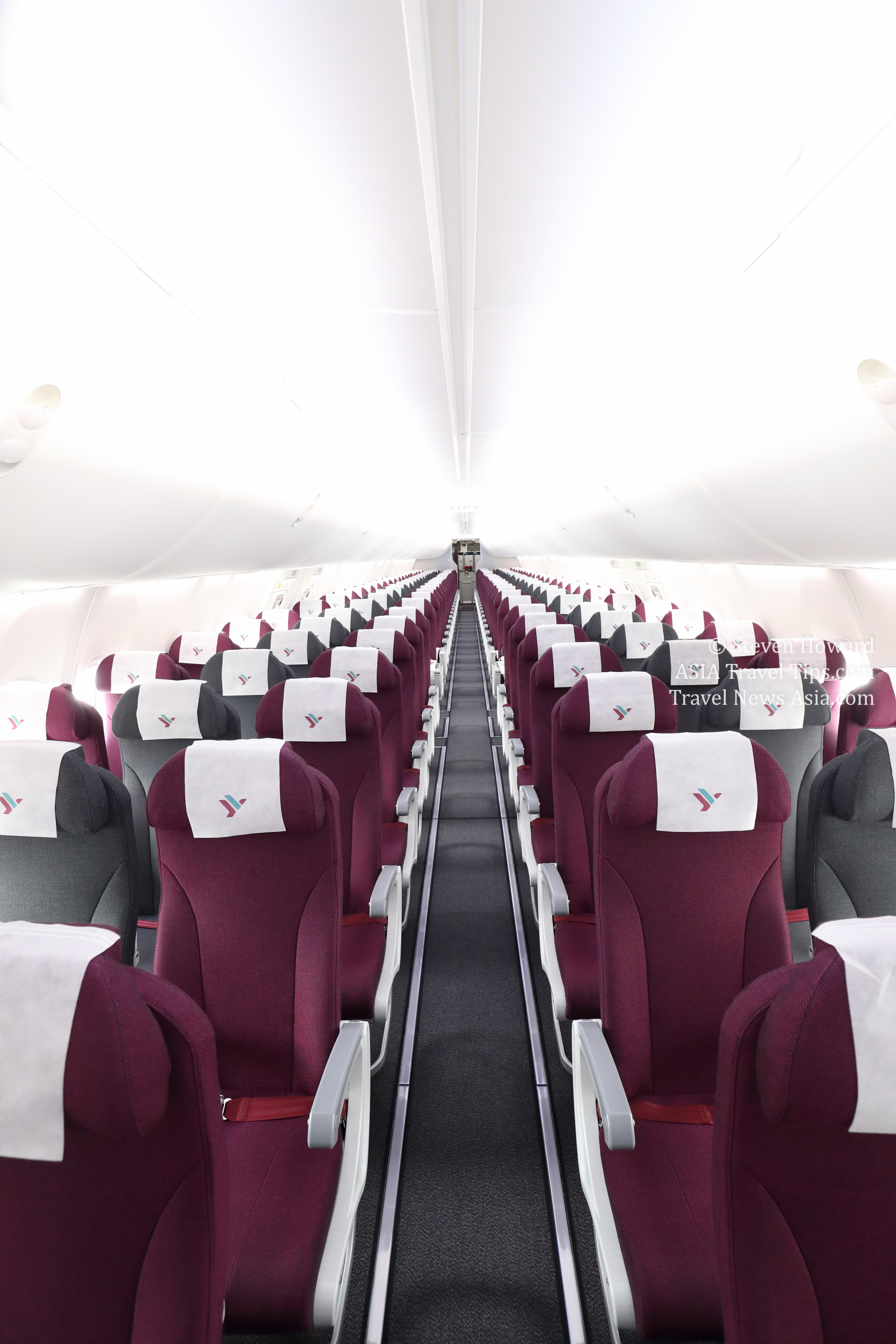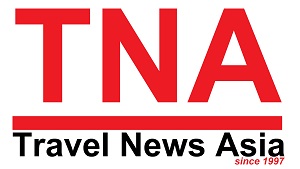|
IATA has announced that it supports the wearing of
masks for passengers and crew while on board aircraft, but does
not support mandating social distancing measures that would leave
�middle seats� empty.
Evidence suggests that passengers and crew wearing
masks on board will reduce the already low risk of flying, while avoiding the dramatic cost
increases to air travel that onboard social distancing measures
would bring.
�The safety of passengers and crew is
paramount,� said Alexandre de Juniac, IATA�s
Director General and CEO. �The aviation industry is working with governments to
re-start flying when this can be done safely. Evidence suggests
that the risk of transmission on board aircraft is low. And we
will take measures�such as the wearing of face coverings by
passengers and masks by crew�to add extra layers of protection. We
must arrive at a solution that gives passengers the confidence to
fly and keeps the cost of flying affordable. One without the other
will have no lasting benefit.�

In
addition to face masks, IATA also recommends:
- Temperature screening of passengers, airport
workers and travelers;
- Boarding and deplaning processes that reduce
contact with other passengers or crew;
- Limiting movement within the cabin during
flight;
- More frequent and deeper cabin cleaning; and
- Simplified catering procedures that lower crew movement and
interaction with passengers.
�The cabin environment naturally makes
transmission of viruses difficult for a variety of reasons. That
helps explain why we have seen little occurrence of onboard
transmission. In the immediate term, our aim is to make the cabin
environment even safer with effective measures so that passengers
and crew can return to travel with confidence. Screening, face
coverings and masks are among the many layers of measures that we
are recommending. Leaving the middle seat empty, however, is not,�
said de Juniac.
An informal IATA survey of 18
major airlines identified, during January-March 2020, just three
episodes of suspected in-flight transmission of COVID19, all from
passengers to crew. A further four episodes were reports of
apparent transmission from pilot to pilot, which could have been
in-flight or before/after (including layover). There were no
instances of suspected passenger-to-passenger transmission.
A more detailed IATA examination of contact tracing of 1,100
passengers (also during the January to March 2020 period) who were
confirmed for COVID19 after air travel revealed no secondary
transmission among the more than 100,000 passengers in the same
flights. Just two possible cases were found among crew members.
There are several plausible reasons why COVID19,
which is spread primarily by respiratory droplets, has not
resulted in more on-board transmission, and why air travel is
different from other modes of public transport:
-
Passengers face forward with limited face-to-face interactions
* Seats provide a barrier to transmission forward or
aft in the
cabin
- Air flow from ceiling to floor further reduces the
potential for transmission forward or aft in the cabin, moreover,
air flow rates are high and not conducive to droplet spread in the
same way as in other indoor environments.
- High Efficiency
Particulate Air (HEPA) filters on modern aircraft clean cabin air
to hospital operating theater quality, further assisted by high
levels of fresh air circulation
Moreover, even if
mandated, keeping the �middle seat� open will not achieve the
recommended separation for social distancing to be effective. Most
authorities recommend 1m-2m while the average seat width is less
than 50 cm.
�We need a
vaccine, an immunity passport or an effective COVID19 test that
can be administered at scale. Work on all of these is promising.
But none will be realized before we will need to re-start the
industry. That�s why we must be ready with a series measures, the
combination of which will reduce the already low risk of inflight
transmission. And we must be careful not to hard-wire any solution
so we can be quick in adopting more efficient measures as they
will undoubtedly become available,� said de Juniac.
Calls for social distancing
measures on aircraft would fundamentally shift the economics of
aviation by slashing the maximum load factor to 62%. That is well
below the average industry breakeven load factor of 77%.
With fewer seats to sell, unit costs would rise sharply.
Compared to 2019, air fares would need to go up
dramatically� between 43% and 54% depending on the region�just to
cover costs.

�Airlines are fighting for their survival.
Eliminating the middle seat will raise costs. If that can be
offset that with higher fares, the era of affordable travel will
come to an end. On the other hand, if airlines can�t recoup the
costs in higher fares, airlines will go bust. Neither is a good
option when the world will need strong connectivity to help
kick-start the recovery from COVID19�s economic devastation,�
said de Juniac.
See latest
Travel News,
Video
Interviews,
Podcasts
and other
news regarding:
COVID19,
IATA,
Masks.
|
Headlines: |
|
|
